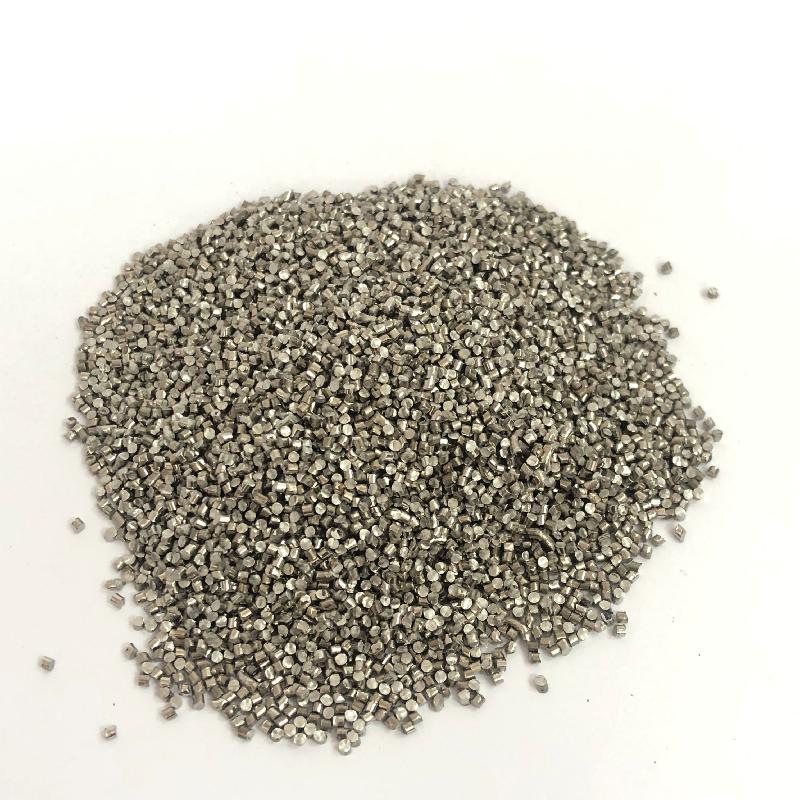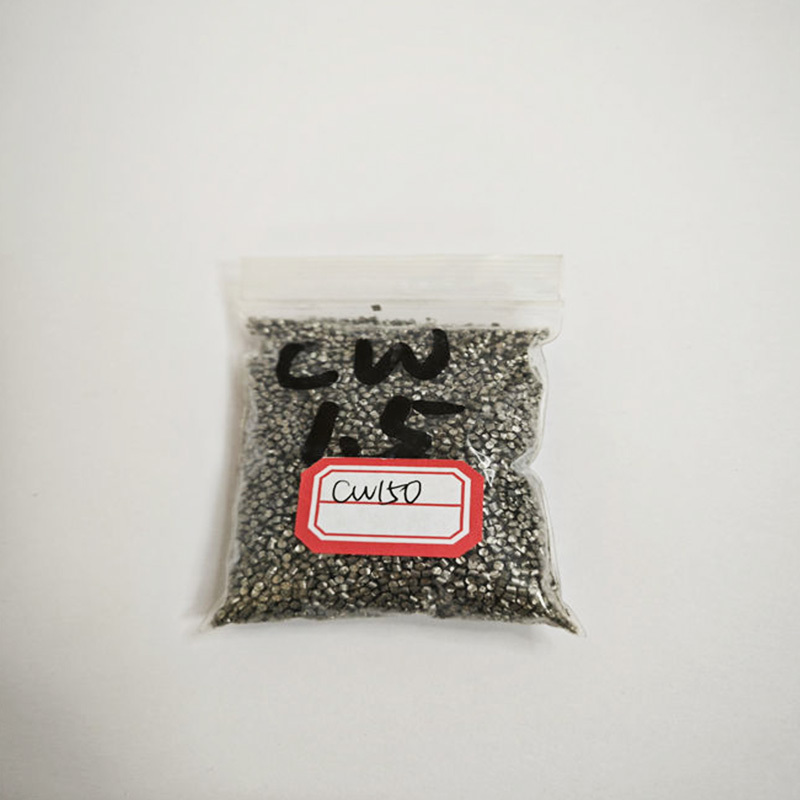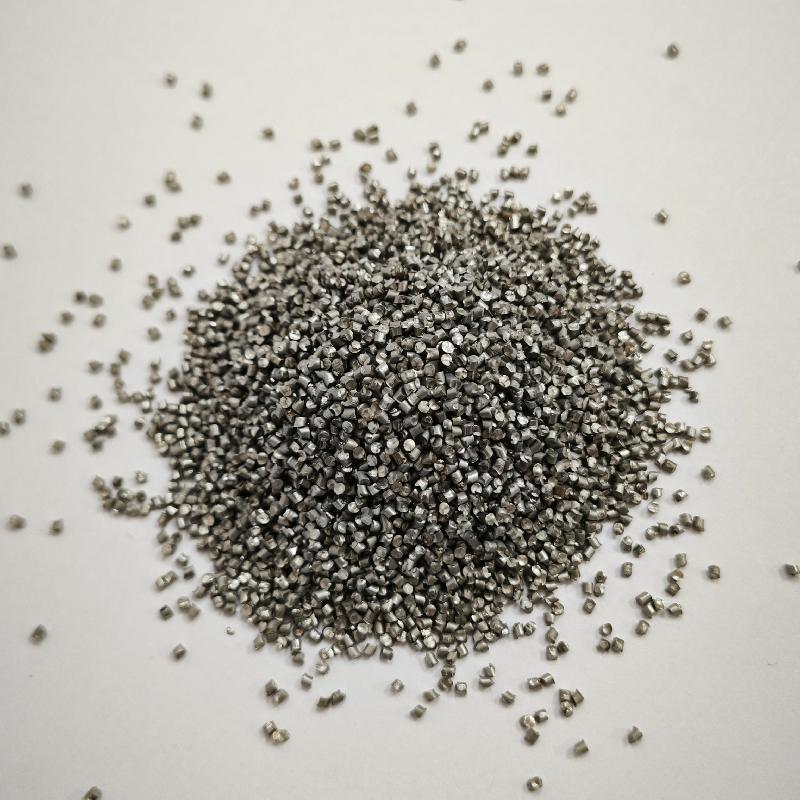How to Choose the Right Cut Wire Shot for Your Project
Release time:
2025-06-28
How to Choose the Right Cut Wire Shot for Your Project Table of Contents Introduction to Cut Wire Shot What is Cut Wire Shot? Types of Cut Wire Shot Steel Cut Wire Shot Copper Cut Wire Shot Stainless Steel Cut Wire Shot How to Choose the Right Cut Wire Shot Key Considerations for Selection Understanding
How to Choose the Right Cut Wire Shot for Your Project
Table of Contents
- Introduction to Cut Wire Shot
- What is Cut Wire Shot?
- Types of Cut Wire Shot
- How to Choose the Right Cut Wire Shot
- Key Considerations for Selection
- Understanding Your Project Requirements
- Surface Materials and Compatibility
- Environmental Impact and Safety
- Common Application Methods
- Frequently Asked Questions
- Conclusion
Introduction to Cut Wire Shot
Cut wire shot plays a vital role in various industrial applications, particularly in surface preparation, cleaning, and finishing processes. Understanding the significance of this material can greatly enhance the overall effectiveness of your projects. In this article, we will explore the different types of cut wire shot, how to choose the right one for your specific needs, and key factors that influence selection.
What is Cut Wire Shot?
Cut wire shot refers to small spherical particles made from wire that have been cut into uniform pieces. Unlike traditional abrasives, cut wire shot is known for its consistent size and shape, which leads to more predictable performance in various applications. These particles are typically used in processes like shot blasting, peening, and surface cleaning.
Types of Cut Wire Shot
There are several types of cut wire shot, each suited for different applications. Below, we delve into the most common varieties.
Steel Cut Wire Shot
Steel cut wire shot is the most widely used type due to its durability and effectiveness. It is made from high-quality steel wire, which is cut into specific lengths to create spherical particles. This type of shot is ideal for applications that require a robust abrasive, such as heavy-duty industrial cleaning and surface preparation.
Copper Cut Wire Shot
Copper cut wire shot is less common but is used in specific applications where non-ferrous materials are required. Its unique properties make it suitable for delicate surfaces that could be damaged by harsher abrasives. Copper shot is often used in finishing processes that require a softer touch.
Stainless Steel Cut Wire Shot
Stainless steel cut wire shot offers excellent resistance to corrosion and rust, making it ideal for use in more demanding environments. This type is particularly useful in industries such as aerospace and food processing, where hygiene and corrosion resistance are paramount.
How to Choose the Right Cut Wire Shot
Choosing the right cut wire shot involves evaluating several factors to ensure that it meets the requirements of your specific application. Below, we outline the essential steps to consider.
Key Considerations for Selection
When selecting cut wire shot, it’s crucial to understand not just the product itself but also the broader context of your project.
Understanding Your Project Requirements
Begin by clearly defining the goals of your project. Are you looking for a rough surface to enhance adhesion, or do you need a smoother finish? The desired outcome will directly influence your selection of cut wire shot.
Surface Materials and Compatibility
Consider the materials you will be working with. Different surfaces, such as metals, plastics, or ceramics, interact differently with cut wire shot. Be sure to choose a type that is compatible with the surfaces you are treating to avoid damage and achieve the best results.
Environmental Impact and Safety
Evaluate the environmental conditions in which you will be using the cut wire shot. Certain materials may perform better in extreme temperatures or humidity levels. Additionally, consider the safety implications of using specific abrasives, ensuring that they comply with industry regulations and standards.
Common Application Methods
Understanding how cut wire shot is applied can help you make a more informed decision. Here are some common methods:
- Shot Blasting: A technique that uses high-velocity cut wire shot to remove surface contaminants.
- Peening: A process that uses cut wire shot to induce compressive stresses on the surface of materials, increasing their fatigue resistance.
- Surface Cleaning: Utilizing cut wire shot to clean surfaces without damaging the underlying material.
Frequently Asked Questions
1. What is the main advantage of using cut wire shot over other abrasives?
Cut wire shot offers uniformity in size and shape, resulting in consistent performance and superior finishing compared to traditional abrasives.
2. Can cut wire shot be reused?
Yes, cut wire shot can often be reused multiple times, making it a cost-effective choice in many applications.
3. How do I determine the right size of cut wire shot for my project?
The size of the cut wire shot should be based on the desired surface finish and the type of material being treated. Consult with the manufacturer for guidance on the best size for your needs.
4. Is cut wire shot safe to use?
When used correctly and with appropriate safety measures, cut wire shot is safe. Always follow safety guidelines and wear protective gear.
5. Where can I purchase quality cut wire shot?
Quality cut wire shot can be obtained from specialized suppliers and manufacturers that focus on industrial abrasive products.
Conclusion
Choosing the right cut wire shot for your project is crucial for achieving the desired results. By understanding the various types of cut wire shot, considering key factors such as project requirements, surface compatibility, and environmental conditions, you can make an informed decision that enhances your project’s efficiency and effectiveness. Armed with this knowledge, you are well-equipped to navigate the options available and select the ideal cut wire shot for your needs.
Previous
News
How to Choose the Right Cut Wire Shot for Your Project
How to Choose the Right Cut Wire Shot for Your Project Table of Contents Introduction to Cut Wire Shot What is Cut Wire Shot? Types of Cut Wire Shot Steel Cut Wire Shot Copper Cut Wire Shot Stainless Steel Cut Wire Shot How to Choose the Right Cut Wire Shot Key Considerations for Selection Understanding
The Impact of Shot Blasting on Surface Finishing Quality: A Comprehensive Guide
The Impact of Shot Blasting on Surface Finishing Quality Table of Contents 1. Introduction to Shot Blasting 2. Understanding Surface Finishing Quality 3. How Shot Blasting Works 4. Benefits of Shot Blasting in Surface Finishing 5. Applications of Shot Blasting Across Industries 6. Best Practices for Shot Blasting 7. Common Misconceptions About Shot Blasting 8. The
Exploring the Efficiency of Steel Cut Wire Shot in Industrial Applications
Exploring the Efficiency of Steel Cut Wire Shot in Industrial Applications Table of Contents Introduction to Steel Cut Wire Shot Benefits of Using Steel Cut Wire Shot Applications of Steel Cut Wire Shot in Industry Efficiency Factors in Steel Cut Wire Shot Composition and Manufacturing Process Selecting the Right Steel Cut Wire Shot Environmental Impact and Sustainabil
The Benefits and Applications of Shot Blasting with Steel Shot
Shot blasting with steel shot is a crucial process in various industrial applications, especially in the metalworking and manufacturing sectors. This method involves propelling small steel balls at high velocities onto a surface to remove contaminants, prepare surfaces for further treatment, and improve the overall quality of the material. Understanding the benefits and applications of shot blasti
The Science Behind Stainless Steel Shot Abrasion Techniques: A Comprehensive Guide
The Science Behind Stainless Steel Shot Abrasion Techniques Table of Contents 1. Introduction to Stainless Steel Shot Abrasion 2. Understanding the Basics of Abrasive Techniques 3. The Role of Stainless Steel Shots in Abrasion 3.1 Definition and Composition of Stainless Steel Shots 3.2 Types of Stainless Steel Shots 4. Mechanism of Stainless Steel Shot Abrasion 4.1 Process Overview 4.2 Key Paramet
Understanding Steel Shots for Shot Blasting Machines: A Comprehensive Guide
Steel shots are critical materials used in shot blasting machines, a process vital for surface preparation and cleaning in various industrial applications. These small spherical pellets, made of high-quality steel, are designed to impact surfaces at high velocities, which helps to remove contaminants, rust, and old paints while also improving the surface profile for better adhesion of coatings. On








